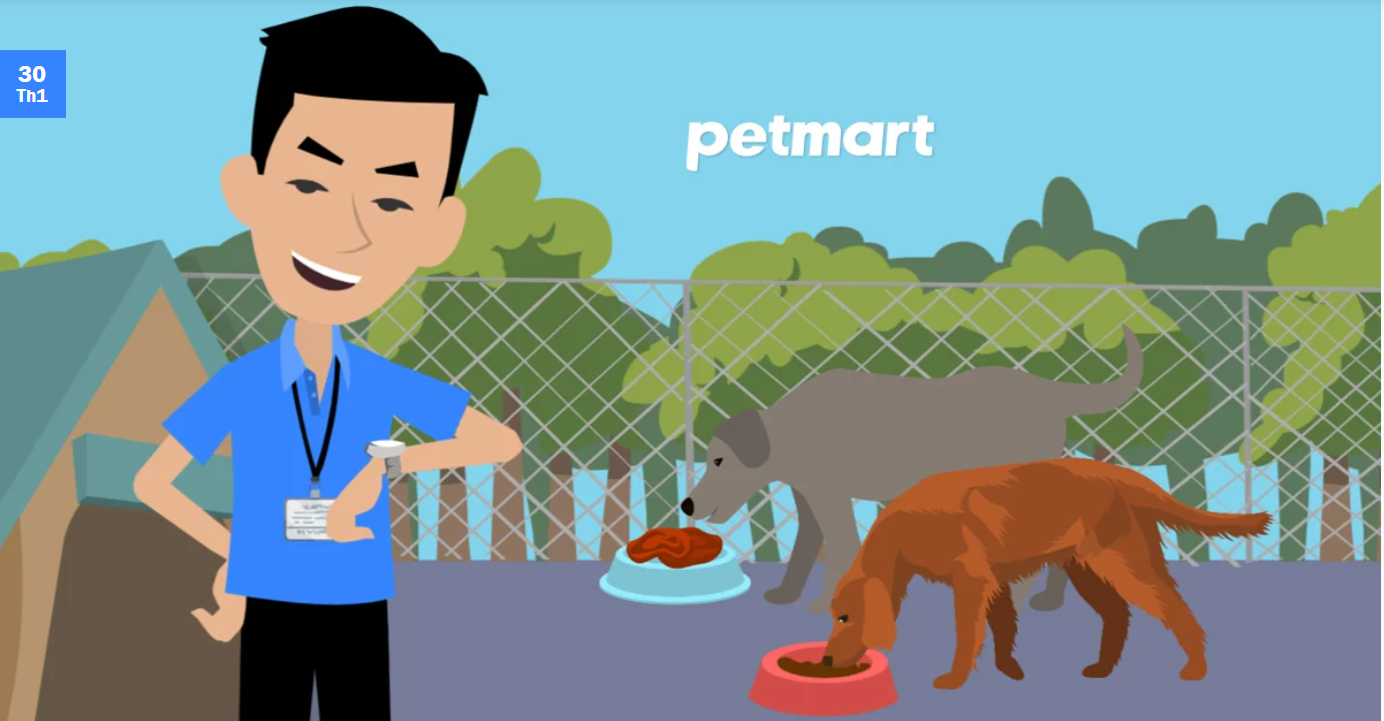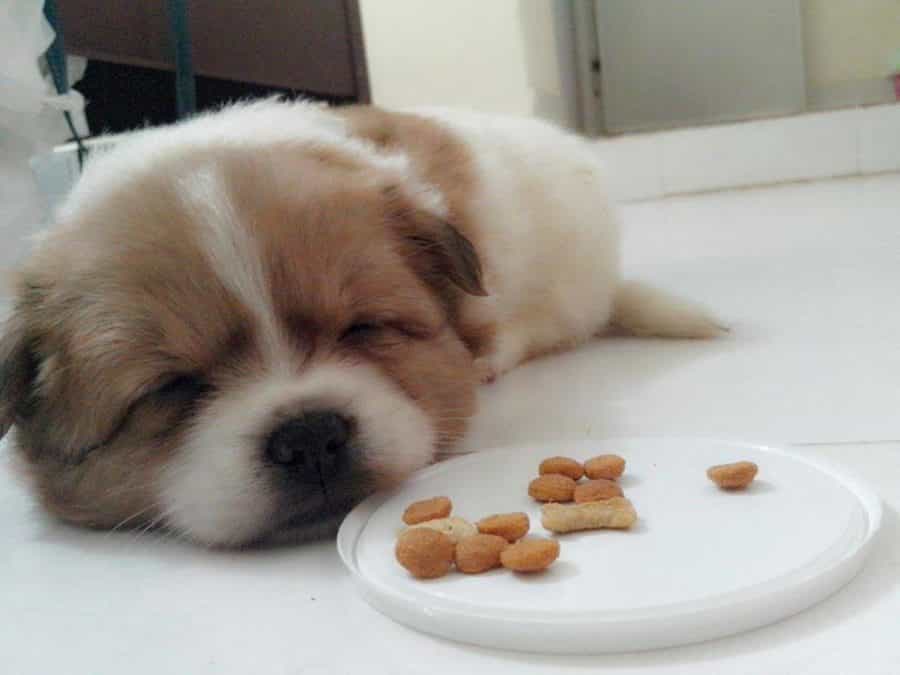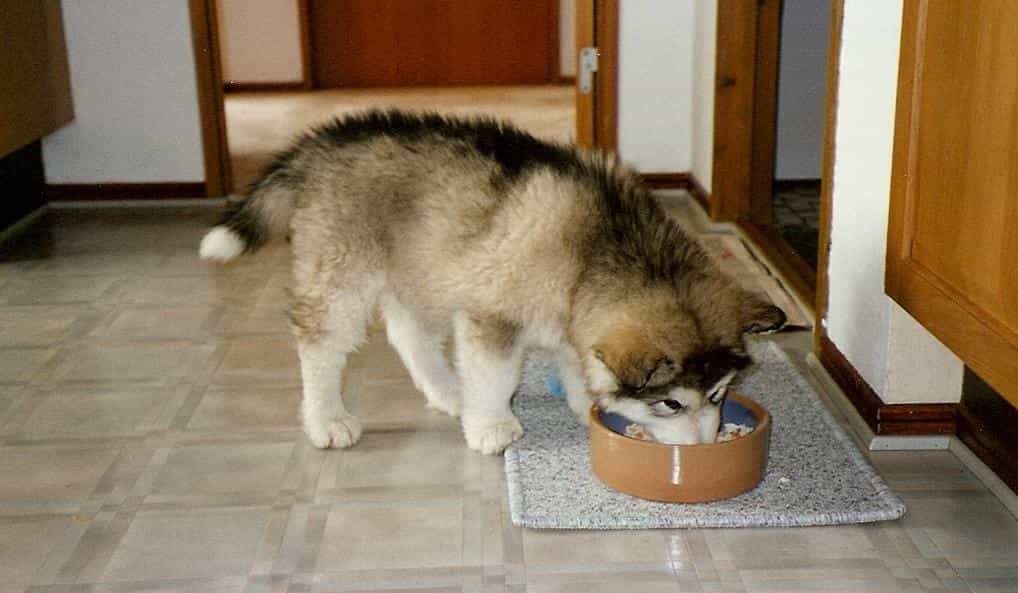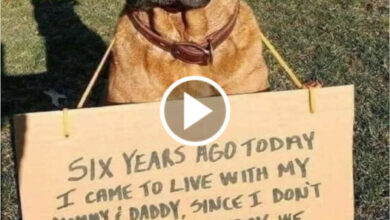
Feeding is a crucial aspect of dog care and plays an essential role in their overall health and well-being. We will guide you how to feed dog properly.
Table of Contents
How to feed dog properly

Introduce
A Dog’s diet provides them with the nutrients they need to maintain healthy muscles, bones, organs, and immune systems. A balanced diet can help prevent many common health problems, such as obesity, dental disease, and digestive issues.
When it comes to feeding dogs, it is essential to choose high-quality, complete, and balanced dog food that meets their nutritional needs. Dogs have specific nutritional requirements based on their age, size, breed, and activity level, and it’s crucial to choose a diet that meets these needs.
In addition to choosing the right food, it’s also essential to feed dogs the right amount and on a consistent schedule. Overfeeding can lead to obesity and other health issues, while underfeeding can lead to malnutrition and other health problems.
Finally, it’s important to monitor your dog’s weight and overall health regularly. If you notice any changes in their appetite, energy level, or digestion, it’s important to speak with a veterinarian to ensure that their diet is providing them with the proper nutrition they need.
Do not feed cats and dogs too much

Overfeeding is a common problem among cats and dogs, and it can lead to a range of health problems, such as obesity, diabetes, and heart disease. Many pet owners tend to overfeed their pets because they love them and want to show affection, or because they think their pet is hungry when it may not be.
It’s important to remember that cats and dogs have specific nutritional requirements, and it’s essential to feed them the right amount of food based on their age, size, breed, and activity level. Feeding them too much can lead to weight gain, which can put extra strain on their joints and increase their risk of developing health problems.
It’s recommended to follow the feeding guidelines provided by the pet food manufacturer and to monitor your pet’s weight and body condition score regularly. If your pet is overweight or obese, it’s important to work with your veterinarian to develop a weight loss plan that includes a balanced diet and exercise. By feeding your pet the right amount of food, you can help them maintain a healthy weight and reduce their risk of developing health problems.
How to feed your dog on a schedule ?
Feeding your dog on a schedule can help them maintain a healthy weight, establish a routine, and prevent overeating. Here are some steps you can follow to feed your dog on a schedule:
- Choose a feeding schedule that works for you and your dog. Depending on your schedule and your dog’s needs, you may choose to feed your dog once or twice a day.
- Determine the appropriate amount of food to feed your dog. This will depend on their age, size, breed, and activity level. You can consult with your veterinarian or refer to the feeding guidelines provided by the pet food manufacturer.
- Measure out the appropriate amount of food and divide it into the number of meals you plan to feed your dog.
- Establish a routine feeding schedule and stick to it. This will help your dog know when to expect their meals, which can reduce anxiety and prevent overeating.
- Offer your dog their meal at the designated time and allow them 10-15 minutes to eat. If they don’t finish their meal within this time, remove the food and don’t offer any additional food until the next scheduled meal.
- Avoid giving your dog treats or table scraps between meals, as this can disrupt their feeding schedule and lead to overeating.
Remember to always provide fresh water for your dog throughout the day, and monitor their weight and overall health regularly. If you notice any changes in their appetite or digestion, consult with your veterinarian.
How to give cats and dogs water properly

Providing clean and fresh water is essential to keep cats and dogs hydrated and healthy. Here are some tips to give cats and dogs water properly:
- Always make sure your pet has access to fresh, clean water. Change the water in their bowl at least once a day or more frequently if necessary.
- Provide enough water to meet your pet’s needs. The amount of water your pet needs will depend on their size, age, breed, and activity level. As a general rule, cats and dogs need 1 ounce of water per pound of body weight per day.
- Use a clean and sturdy water bowl. Stainless steel, glass, or ceramic bowls are easy to clean and won’t harbor bacteria that can cause health problems.
- Place the water bowl in a quiet and accessible location. Cats and dogs prefer to drink water in a calm and peaceful environment, away from their food bowl.
- Consider providing multiple water sources. If you have a large home or multiple pets, it may be helpful to provide multiple water bowls to ensure that all pets have access to water.
- Monitor your pet’s water intake. If you notice a significant decrease in your pet’s water intake or if they stop drinking altogether, it may be a sign of a health problem, and you should consult with your veterinarian.
Remember that proper hydration is essential to maintain your pet’s health and well-being. By following these tips, you can ensure that your cat or dog has access to clean and fresh water whenever they need it.
Read more :




